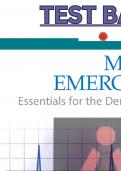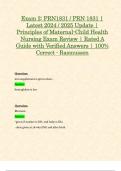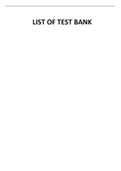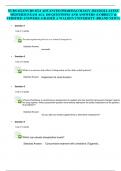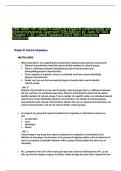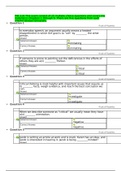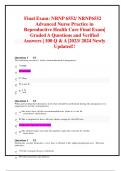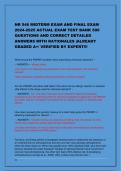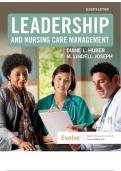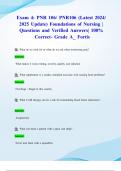Exam (elaborations)
Comprehensive Exam Resource for Medical Emergencies: Essentials for Dental Professionals, 2nd Edition by Ellen Grimes | Full Chapter-by-Chapter Guide (1-23), Recently Updated
- Course
- Dental Therapy
- Institution
- Anthem College Online
Comprehensive Exam Resource for Medical Emergencies: Essentials for Dental Professionals, 2nd Edition by Ellen Grimes | Full Chapter-by-Chapter Guide (1-23), Recently Updated Comprehensive Exam Resource for Medical Emergencies: Essentials for Dental Professionals, 2nd Edition by Ellen Grimes | Ful...
[Show more]
